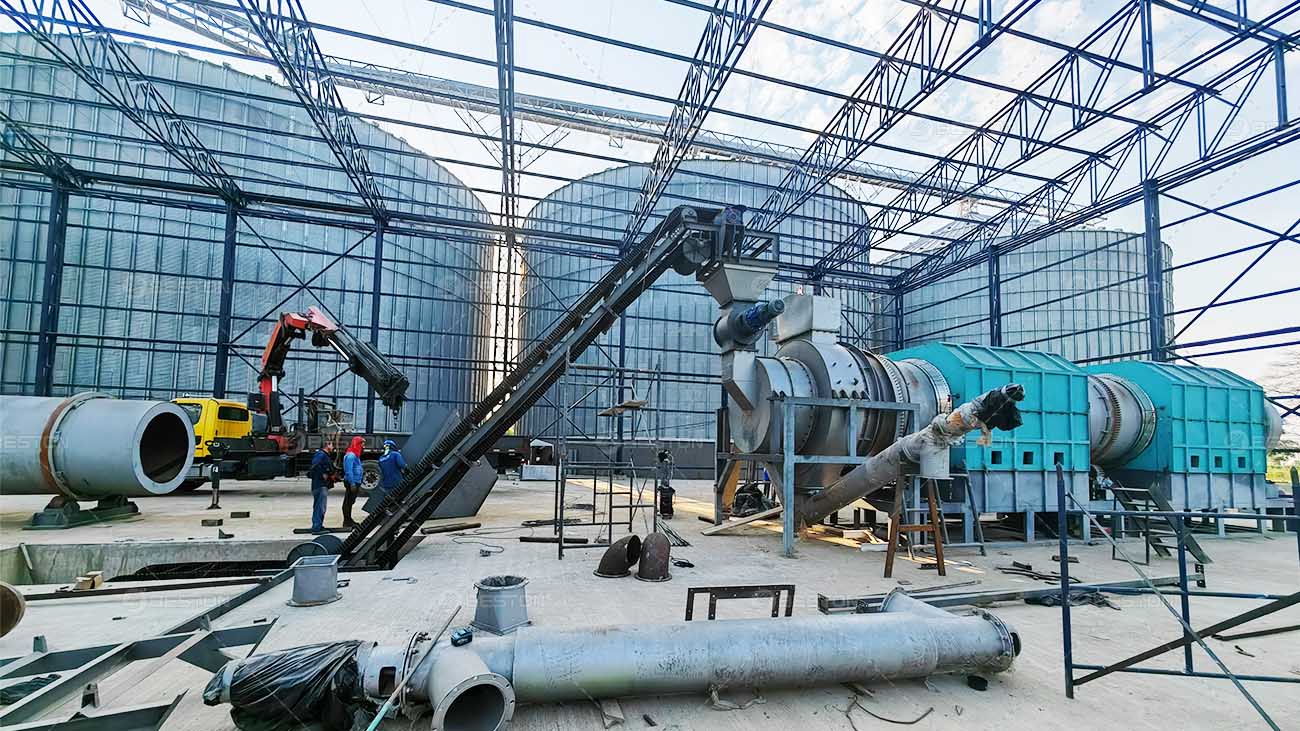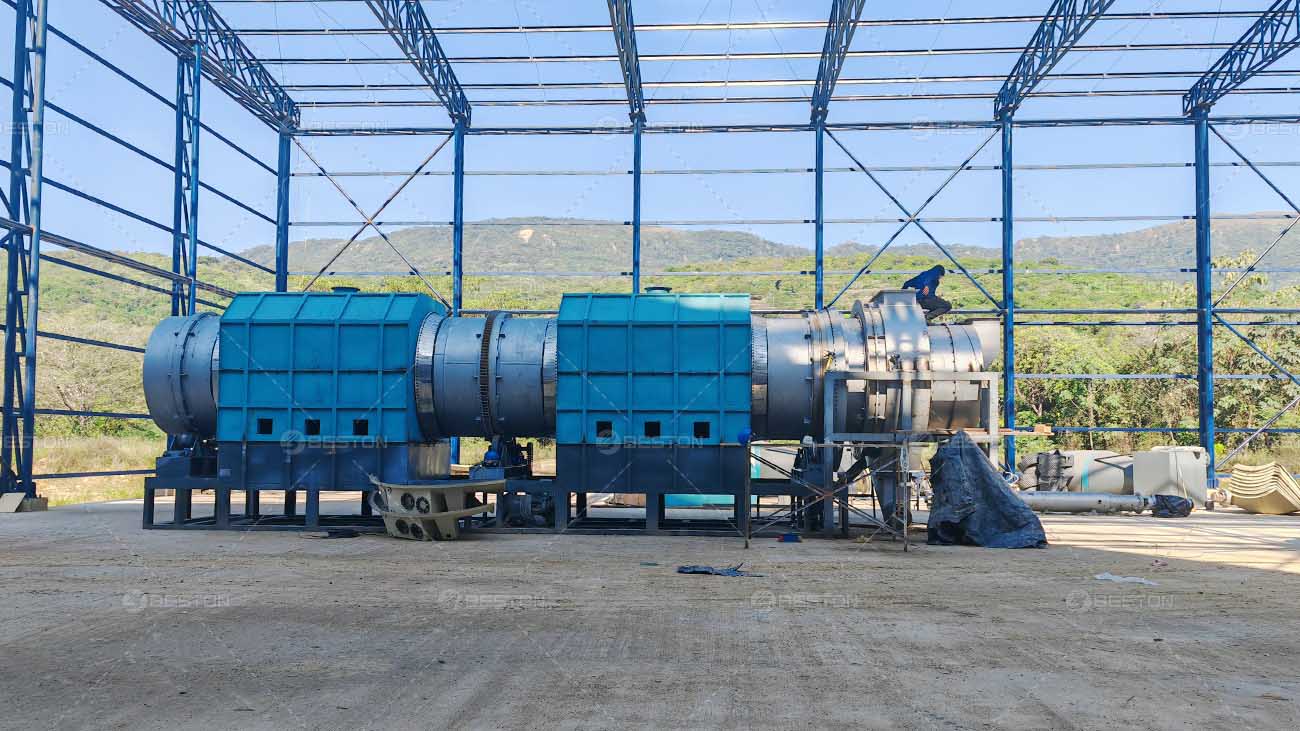Rice hulls, a byproduct of rice production, are abundant and often seen as waste material. However, with advancements in waste-to-energy technology, rice hull carbonization has emerged as a viable solution for managing agricultural waste while generating economic value. This process, which converts rice hulls into biochar, has numerous advantages that contribute to both environmental sustainability and economic growth. The application of a rice husk charcoal making machine to this process plays a pivotal role in driving these benefits.

Waste Reduction and Resource Optimization
Rice production generates vast amounts of rice hulls, which are typically disposed of by burning or landfilling. These methods not only contribute to environmental degradation but also waste a resource that has untapped potential. Through carbonization, these hulls can be transformed into biochar, a valuable product used in soil enhancement, energy production, and various industries.
The integration of a carbonization machine allows for the efficient and controlled conversion of rice hulls into biochar. This technology optimizes resource utilization, ensuring that the maximum potential of the rice hulls is harnessed. By avoiding traditional disposal methods, the carbonization process reduces waste and alleviates the burden on landfills, leading to a cleaner environment. This resource optimization is a key economic advantage, as it allows industries to repurpose waste into valuable products.
Biochar as a Value-Added Product
One of the primary economic drivers of rice hull carbonization is the production of biochar. Biochar is a highly sought-after material in several sectors, particularly in agriculture and environmental management. Its porous structure and carbon-rich composition make it an excellent soil amendment, capable of improving water retention, nutrient absorption, and microbial activity. For farmers, incorporating biochar into agricultural practices leads to increased crop yields and reduced fertilizer costs.
The carbonization machine plays a critical role in ensuring the consistent quality of biochar produced. By regulating the temperature and process conditions, the machine produces biochar with the desired properties for specific applications. In particular, the scale of the equipment is quite flexible. For example, you can use a mobile biochar machine for small-scale production. High-quality biochar fetches a premium price in the market, providing a lucrative revenue stream for those involved in rice hull carbonization. As demand for eco-friendly agricultural solutions grows, the economic benefits of biochar production continue to expand.
Energy Generation and Carbon Credits
Another significant economic benefit of rice hull carbonization is the potential for energy generation. During the carbonization process, rice hulls are subjected to high temperatures in an oxygen-limited environment, producing not only biochar but also syngas. This syngas can be captured and used as a source of renewable energy. Industries that implement carbonization machines can utilize this energy for their own operations, reducing their reliance on fossil fuels and lowering energy costs.
Furthermore, the carbonization process contributes to carbon sequestration by locking carbon within the biochar, preventing it from being released into the atmosphere as carbon dioxide. As a result, businesses involved in carbonization can earn carbon credits, which can be traded in carbon markets. This additional revenue stream incentivizes the adoption of carbonization technology and contributes to the overall economic viability of the process.
Industrial Applications and Market Expansion
Beyond agriculture, the biochar produced from rice hull carbonization has applications in various industries, further enhancing its economic appeal. In construction, biochar is used as an additive in building materials such as concrete, where it improves durability and reduces the environmental footprint of construction projects. The biomass carbonization machine ensures that biochar produced for industrial purposes meets the stringent quality requirements of these applications.
In addition to construction, biochar is used in water filtration systems, environmental remediation, and even as a raw material for activated carbon production. These diverse applications create a broad market for biochar, with growing demand in both domestic and international markets. The economic benefits of rice hull carbonization are amplified as more industries recognize the value of biochar and integrate it into their operations.

Reducing Environmental Costs
While the economic benefits of rice hull carbonization are clear, it is important to also consider the environmental costs that are avoided through this process. Traditional disposal methods such as open burning release significant amounts of greenhouse gases and pollutants into the atmosphere. By contrast, carbonization significantly reduces emissions, leading to cleaner air and a healthier environment. The environmental savings translate into economic benefits as well, as governments and industries spend less on pollution control, health care, and environmental remediation.
Moreover, the biochar produced through carbonization enhances soil health, reduces erosion, and mitigates the impact of chemical fertilizers, all of which contribute to sustainable agricultural practices. The long-term benefits of improved soil quality include increased agricultural productivity, which in turn boosts the economy.
Conclusion
Rice hull carbonization, facilitated by advanced carbonization machines, represents a highly beneficial process that transforms agricultural waste into valuable resources. If you are interested in investing in this equipment, please consult Beston company. The economic advantages of this technology are manifold, ranging from the production of biochar and renewable energy to the creation of jobs and the reduction of environmental costs. As the global demand for sustainable solutions continues to rise, rice hull carbonization offers a promising pathway for economic growth and environmental preservation. By repurposing waste into marketable products, this technology exemplifies the potential of the circular economy and the value of resource recovery.